What are Flawless Whitening Products?
Flawless whitening products are designed to brighten the appearance of your teeth, giving you a more confident smile. They work by removing stains and discoloration, which can be caused by a variety of factors, including food, drinks, and lifestyle choices. These products come in various forms, from over-the-counter options like whitening toothpastes and strips to professional treatments performed by dentists. The goal is always the same achieve a brighter, more radiant smile. Choosing the right product depends on your specific needs, the severity of your staining, and your budget. Understanding the options and the science behind them is crucial for making an informed decision.
The Importance of Oral Hygiene
Good oral hygiene is the cornerstone of a healthy and bright smile. Regular brushing, flossing, and dental check-ups are essential for removing plaque, preventing cavities, and maintaining the health of your gums. A consistent oral hygiene routine not only contributes to a brighter smile but also prevents dental problems that can lead to further staining and discoloration. Brushing twice a day with fluoride toothpaste and flossing daily are the minimum requirements for keeping your teeth and gums healthy. Regular dental visits allow for professional cleanings and early detection of any potential issues, ensuring your smile stays healthy and radiant.
Understanding Teeth Staining

Teeth staining occurs when substances accumulate on the enamel surface or within the tooth structure. This can result in discoloration ranging from mild yellowing to more severe staining. There are two main types of staining extrinsic and intrinsic. Extrinsic stains affect the surface of the tooth and are often caused by food, drinks, and smoking. Intrinsic stains, on the other hand, originate from within the tooth structure and can be caused by aging, medications, or trauma. Understanding the type of stain you have is important for selecting the most effective whitening product. Different products and treatments work best on different types of stains.
Types of Stains and Causes
Extrinsic stains are typically caused by dietary habits, such as coffee, tea, red wine, and berries. Smoking and tobacco use are also major contributors. These stains often respond well to over-the-counter whitening products. Intrinsic stains can be caused by factors like aging, medications (such as tetracycline), excessive fluoride exposure during childhood, or trauma to the tooth. These stains may require more intensive treatments, such as professional whitening. Identifying the source of the stain is crucial for selecting the right treatment method.
Common Types of Flawless Whitening Products
The market offers a variety of flawless whitening products, catering to different preferences and budgets. These range from readily available options like toothpastes and strips to professional treatments performed by dental professionals. Each type of product uses different methods and concentrations of active ingredients to achieve a brighter smile. Understanding the pros and cons of each option is important for making an informed decision. Consider factors like your budget, sensitivity level, and the severity of your staining when choosing a product.
Whitening Toothpastes
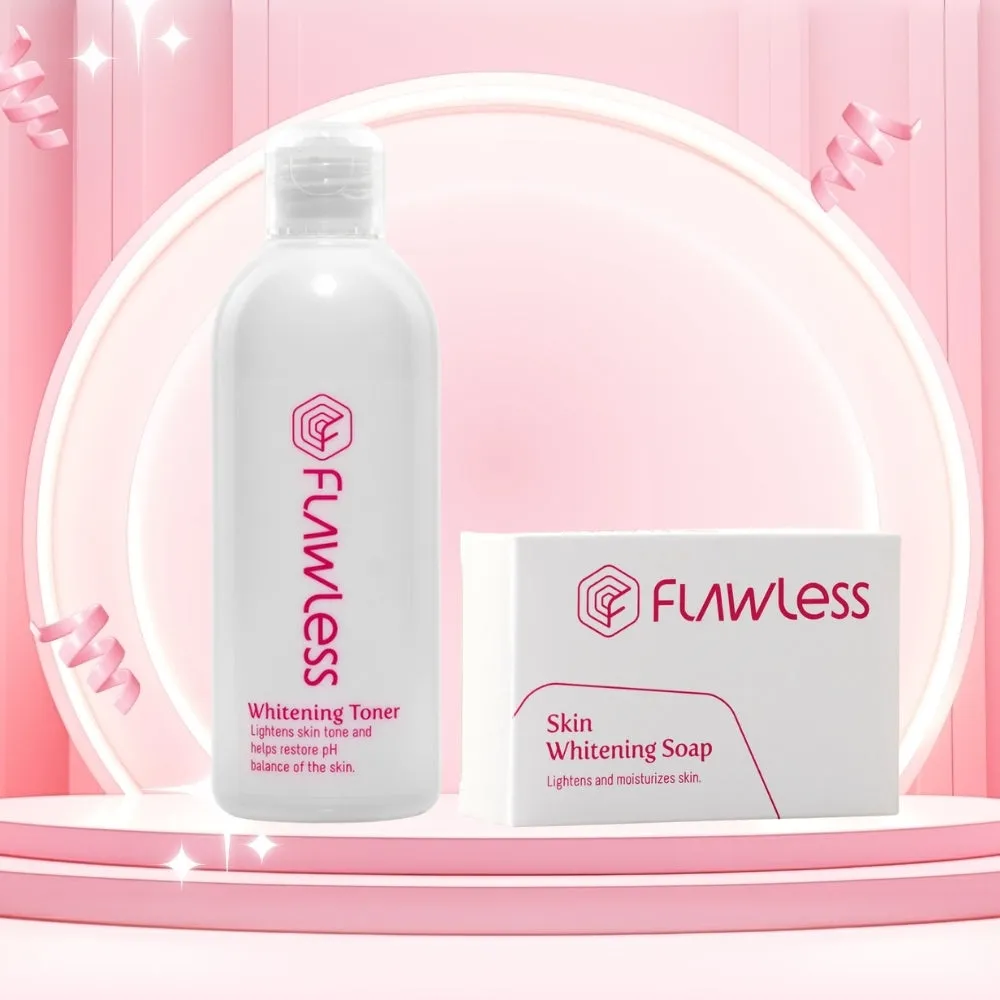
Whitening toothpastes are a convenient and accessible option for those looking to brighten their smiles. They typically contain mild abrasives and chemical agents that help remove surface stains. While they can be effective for removing extrinsic stains, they are generally less effective for intrinsic stains. They are a good option for maintaining brightness and preventing new stains from forming. Always follow the instructions on the toothpaste tube, and be aware that overuse can potentially cause tooth sensitivity.
Whitening Strips
Whitening strips are thin, flexible strips coated with a whitening gel. They are applied directly to the teeth and are designed to stay in place for a specified amount of time. The gel typically contains a concentration of hydrogen peroxide or carbamide peroxide, which penetrates the enamel to lighten the teeth. Whitening strips are more effective than whitening toothpastes but can sometimes cause tooth sensitivity or gum irritation. Always follow the instructions carefully, and discontinue use if you experience any adverse effects. Results can vary depending on the product and the individual.
Professional Whitening Treatments
Professional whitening treatments, performed by a dentist, are the most effective and often the fastest way to achieve dramatic whitening results. Dentists use stronger concentrations of whitening agents and can also use special lights or lasers to accelerate the process. These treatments can address both extrinsic and intrinsic stains. Although they are more expensive than over-the-counter options, they offer a higher level of control and often result in significant and lasting improvements. Your dentist can also address any pre-existing dental issues, such as cavities, before the whitening treatment.
Key Ingredients in Flawless Whitening Products
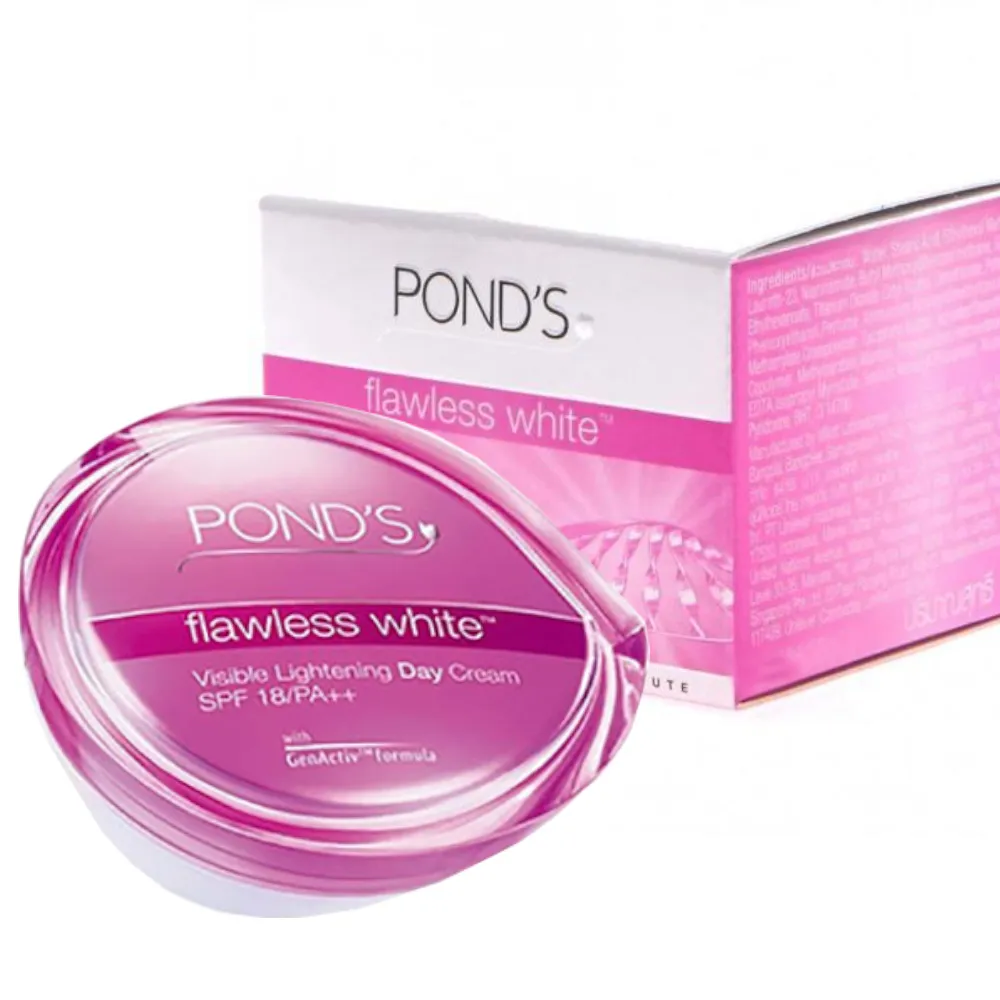
The active ingredients in flawless whitening products are essential for removing stains and brightening teeth. These ingredients work by oxidizing the stain molecules, breaking them down and making them less visible. The concentration of these ingredients and the method of application affect the effectiveness of the product. Understanding the function of key ingredients can help you choose the right product for your needs. Remember to always read the product label and follow the instructions carefully for best results and to minimize any potential side effects.
Hydrogen Peroxide
Hydrogen peroxide is a common whitening agent, and it is the active ingredient in many professional whitening treatments and some over-the-counter products. It works by penetrating the enamel and breaking down stain molecules through oxidation. The concentration of hydrogen peroxide in the product determines its potency. Higher concentrations are used in professional settings for faster and more dramatic results. Hydrogen peroxide can cause tooth sensitivity, and it’s crucial to follow the product instructions carefully to minimize side effects. Professional supervision ensures safe and effective use.
Carbamide Peroxide
Carbamide peroxide is another common whitening agent. It breaks down into hydrogen peroxide and urea. Carbamide peroxide is often found in take-home whitening kits and is generally considered to be gentler than hydrogen peroxide. The release of hydrogen peroxide is gradual. This allows for a more controlled whitening process and may cause less sensitivity. Both hydrogen peroxide and carbamide peroxide are effective whitening agents, and the choice between them depends on factors like the desired speed of whitening, the level of tooth sensitivity, and the specific product.
How Effective are Whitening Products?
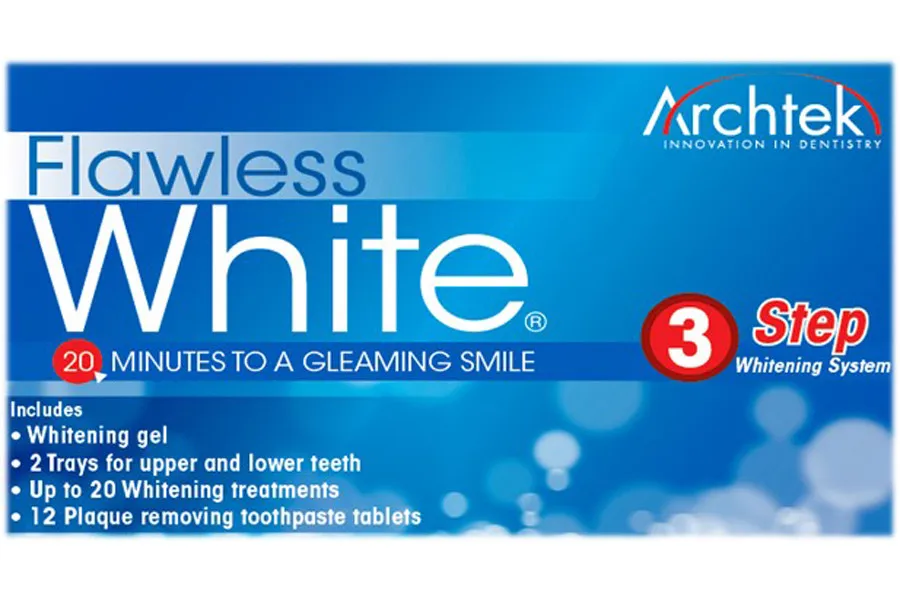
The effectiveness of whitening products varies depending on the type of product, the concentration of the active ingredients, and the nature of the stains. Professional treatments generally provide the most dramatic results. Over-the-counter products, such as toothpastes and strips, can be effective for mild staining. Results also depend on the individual’s teeth and lifestyle habits. Maintaining a healthy oral hygiene routine and avoiding stain-causing foods and drinks can help maintain results. Setting realistic expectations is important, as individual results will vary.
Factors Affecting Whitening Results
Several factors influence the effectiveness of whitening products. These include the type and severity of the stains, the concentration of the whitening agent, the duration of treatment, and the individual’s oral health. The enamel’s porosity also plays a role, with more porous enamel being more susceptible to staining. Genetics and age can also influence the effectiveness of whitening treatments. Those with more resistant stains may require professional treatments for optimal results. Following the product instructions precisely and maintaining good oral hygiene are crucial for maximizing whitening results.
Best Practices for Using Whitening Products
To achieve the best results with flawless whitening products, it’s important to follow a set of best practices. This includes adhering to the product instructions, maintaining good oral hygiene, and being mindful of your diet. These practices help maximize the effectiveness of the whitening treatment and minimize potential side effects. Consulting with your dentist before using any whitening product is also highly recommended. They can assess your oral health and recommend the most suitable whitening method for your needs.
Following Instructions Carefully
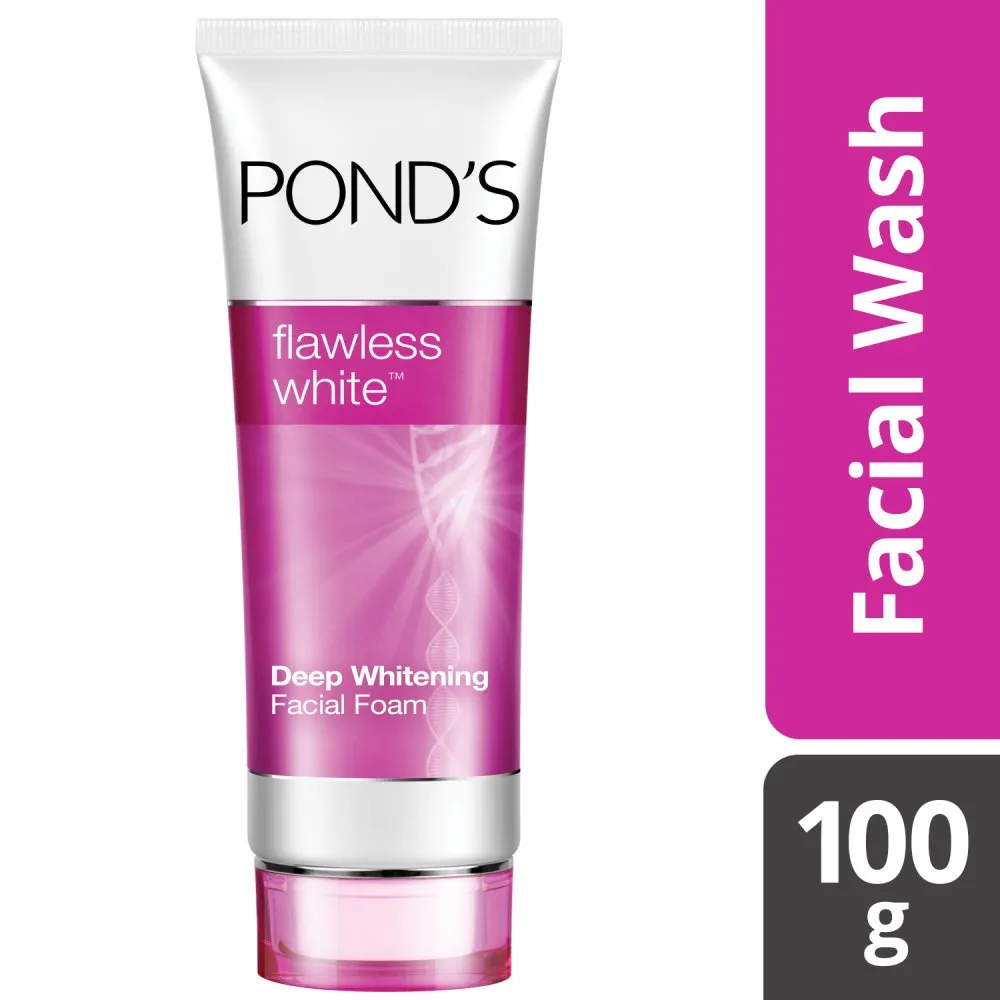
Always read and strictly follow the instructions provided with the whitening product. This includes the recommended application time, frequency of use, and any specific guidelines. Exceeding the recommended usage can lead to tooth sensitivity or gum irritation, while not using the product as directed may result in less effective whitening. If you have any questions or concerns, consult your dentist or the product manufacturer. Paying close attention to instructions ensures safe and effective results. Incorrect usage can sometimes lead to unwanted effects.
Avoiding Foods and Drinks That Stain
To maintain a bright smile, it’s important to limit the consumption of foods and drinks known to cause staining. This includes coffee, tea, red wine, berries, and dark sauces. After consuming these items, rinsing your mouth with water can help remove potential staining particles. Using a straw when drinking staining beverages can also reduce contact with your teeth. Maintaining a balanced diet and practicing good oral hygiene will help preserve your whitening results. Regular dental cleanings are also helpful in removing surface stains and maintaining your smile’s brilliance.
Potential Side Effects of Whitening Products
While whitening products are generally safe, they can cause some side effects, especially with products containing higher concentrations of whitening agents. The most common side effects are tooth sensitivity and gum irritation. Understanding these potential side effects and how to manage them is essential. If you experience any adverse effects, it’s important to consult your dentist. Choosing the right product and following the instructions carefully can help minimize the risk of side effects.
Tooth Sensitivity
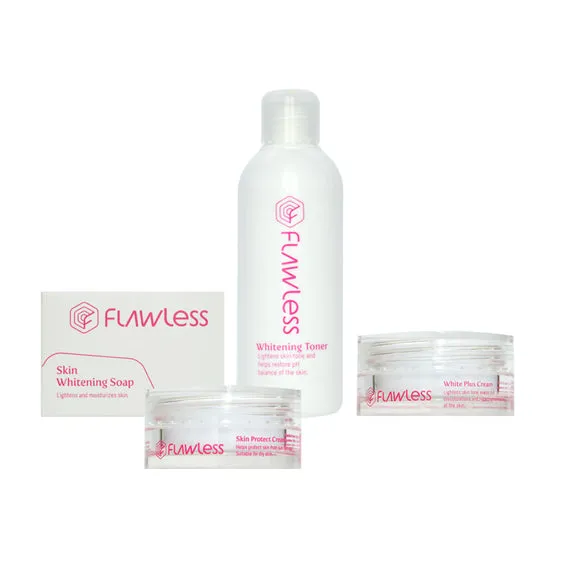
Tooth sensitivity is a common side effect of whitening products, particularly those containing high concentrations of hydrogen peroxide or carbamide peroxide. It occurs because the whitening agents can temporarily make the enamel more porous. This allows the nerve endings to become more sensitive. The sensitivity is usually temporary and resolves shortly after the treatment is discontinued. Using a desensitizing toothpaste or taking a break from the whitening treatment can help manage sensitivity. If sensitivity is severe or persistent, consult your dentist.
Gum Irritation
Gum irritation, another possible side effect, can occur if the whitening product comes into contact with the gums for an extended period. This is especially true with ill-fitting whitening trays. The gums may become red, swollen, and tender. To avoid this, ensure that whitening strips or trays fit correctly and that you follow the instructions precisely. If gum irritation occurs, stop using the product and consult your dentist. They can advise you on how to manage the irritation and prevent it from happening again.
Top 7 Facts About Flawless Whitening Products
Here are the top 7 facts that summarize the most important points about flawless whitening products. Knowing these key facts can help you make informed decisions about your oral health. Understanding these facts can also assist you in selecting the best whitening products and treatments for your specific needs and ensuring a healthy, bright smile.
Fact 1 Understanding the Basics

Whitening products brighten teeth by removing stains and discoloration. They range from over-the-counter options to professional treatments. The effectiveness depends on various factors.
Fact 2 Effective Ingredients
Hydrogen peroxide and carbamide peroxide are the primary active ingredients. These ingredients break down stain molecules. Concentrations vary depending on the product type.
Fact 3 Types of Treatments
Whitening toothpastes, strips, and professional treatments are available. Professional treatments are the most effective. Each option has its own benefits and drawbacks.
Fact 4 Proper Usage is Key
Always follow the product instructions carefully. Overuse can lead to sensitivity or irritation. Consult with your dentist for personalized guidance.
Fact 5 Potential Risks and Solutions
Tooth sensitivity and gum irritation are common side effects. Desensitizing toothpaste and breaks from treatment can help. Consult your dentist if problems persist.
Fact 6 Maintaining Results
Limit stain-causing foods and drinks. Maintain good oral hygiene, including regular brushing and flossing. Regular dental cleanings help maintain your bright smile.
Fact 7 Consult Your Dentist
Always consult your dentist before using whitening products. They can assess your oral health and recommend the best approach. Professional guidance ensures safe and effective treatment.
